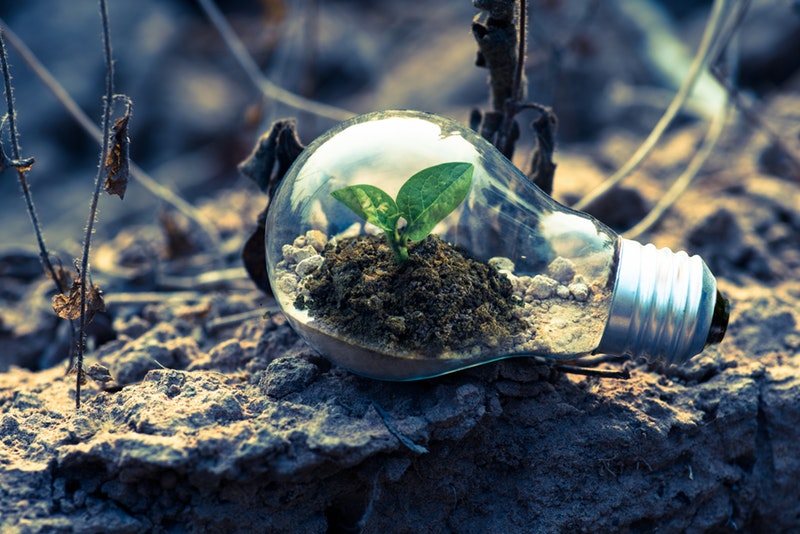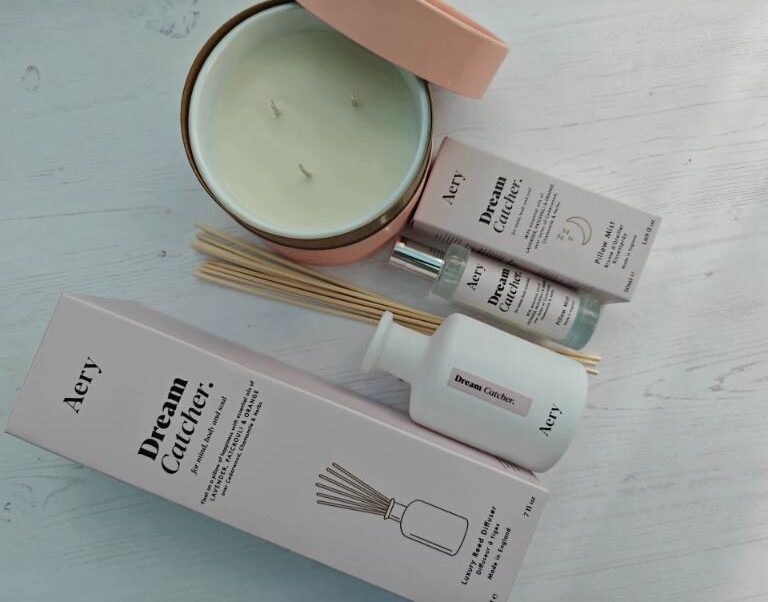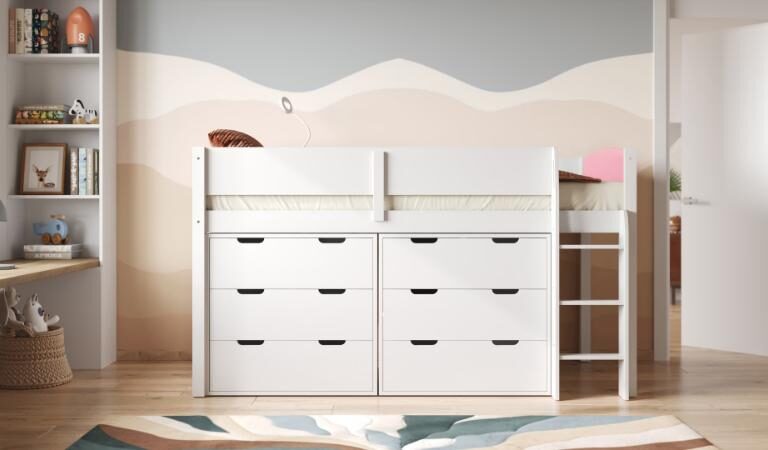My family has always been interested in making our home eco-friendly and more efficient. In fact, for as long as I can remember my parents have had solar panels on their roof both for making electricity and for producing hot water. We do our best to recycle as much as possible and use energy efficient products when we can.
It is surprising that you don’t have to spend a lot of money or take on a big property refurbishment to make your home more environmentally friendly, just a few small things really add up. Here are my top 5 tips on making your home more eco-friendly without too much hassle involved.
Install a smart meter
It seems that everyone is ‘smart crazy’ and I am one of them! I have many smart items in my home, including a Hive device to control my heating and hot water, but I have yet to get a smart meter to measure my gas and electricity. A smart meter does everything your normal energy meter does but also automatically updates your gas and electricity supplier with your usage for accurate energy bills.
The smart meter also displays your energy consumption so you can really understand how and when it is being used. Smart meters can also be programmed to come on and go off at certain times in order to reduce the household’s carbon footprint and decrease energy bills.
Use natural cleaning products
A friend of mine is a Norwex Consultant (Norwex is a company that sell products for improving the health of the home and environment without the use of harmful chemicals) and she has been teaching me all about the power of natural cleaning products. Chemical levels inside the home can get up to 70 times higher than outside with the use of common household cleaners which can leach into the water supply and cause all sorts of environmental problems.
Most day-to-day cleaning tasks do not need harsh chemicals, use natural products like vinegar, citric acid from citrus fruits and bicarbonate of soda to clean up. I love using my Norwex microfiber cloths which use silver to beat bacteria in my kitchen.
Switch out your light bulbs
Lighting your home can be costly to your pocket and the environment. Energy Saving Light Bulbs have been around for a long time but they seem to have had a slow uptake. There are two kinds of energy-efficient light bulbs available on the market today: compact fluorescent lights (CFL) and light -emitting diode (LED). Both types require significantly less energy to operate and last longer than regular incandescent bulbs which means you don’t have to pay out to keep replacing them.
Energy-saving bulbs used to have a reputation for looking cold and unattractive but the more modern ones are becoming more and more stylish. I personally love Edison style bulbs with their decorative filaments which have a classic, industrial look and yes, they can be found in energy saving versions!
Reduce water consumption
When we think of having a sustainable home we usually think about energy consumption, however, being truly eco-friendly means looking at the bigger picture. It’s estimated that 1 person uses 178L of water per day which seems like a huge amount, considering most people struggle to drink 2L per day. The good news is that there are ways to reduce the use of water in your home which takes little effort. Firstly, take the time to fix any leaks! Now really pay attention when you are using water, do you really need to leave the tap running while you’re washing your hands? while you’re brushing your teeth or shave?
If you prefer to take a shower than a bath then great! You’re already using the most eco-friendly option for bathing, however, can you do more? Consider installing a low-flow showerhead – these have been shown to save up to 160,000 litres of water for a family of four. You will save more energy if you opt for an aerated or low-flow showerhead. Don’t forget the longer you shower for the more water you’re using, so try your best to stick to a short shower where possible.
Insulate your loft
Your heating uses a lot of energy and if you don’t have insulation in your home then that heat is just disappearing out of your loft, such a waste! A quarter of heat is lost through the roof in an uninsulated home. Insulating your lofe is one of the smartest ways to improve your home’s eco-friendliness is to ensure that you waste as little energy as possible. Insulation helps to hold in the heat produced by your heating system so you don’t need to burn more energy reheating the home all of the time.
Insulation can be used all over the home; inside the walls as well as the roof. You might think that insulating your house will be expensive, but the good news is that a standard home only requires around £250-300 worth of work and that amount will be easily recouped over 2 or 3 years from lower energy bills. If your loft is easy to access, does not have damp problems and is not a flat roof, you could probably insulate it yourself, making it cheaper!
What do you do to conserve resources in your home?
















Subscribe and Follow